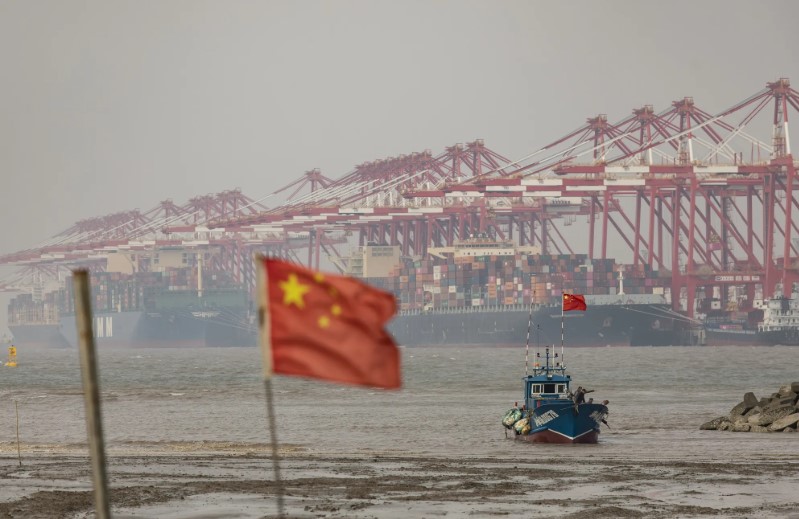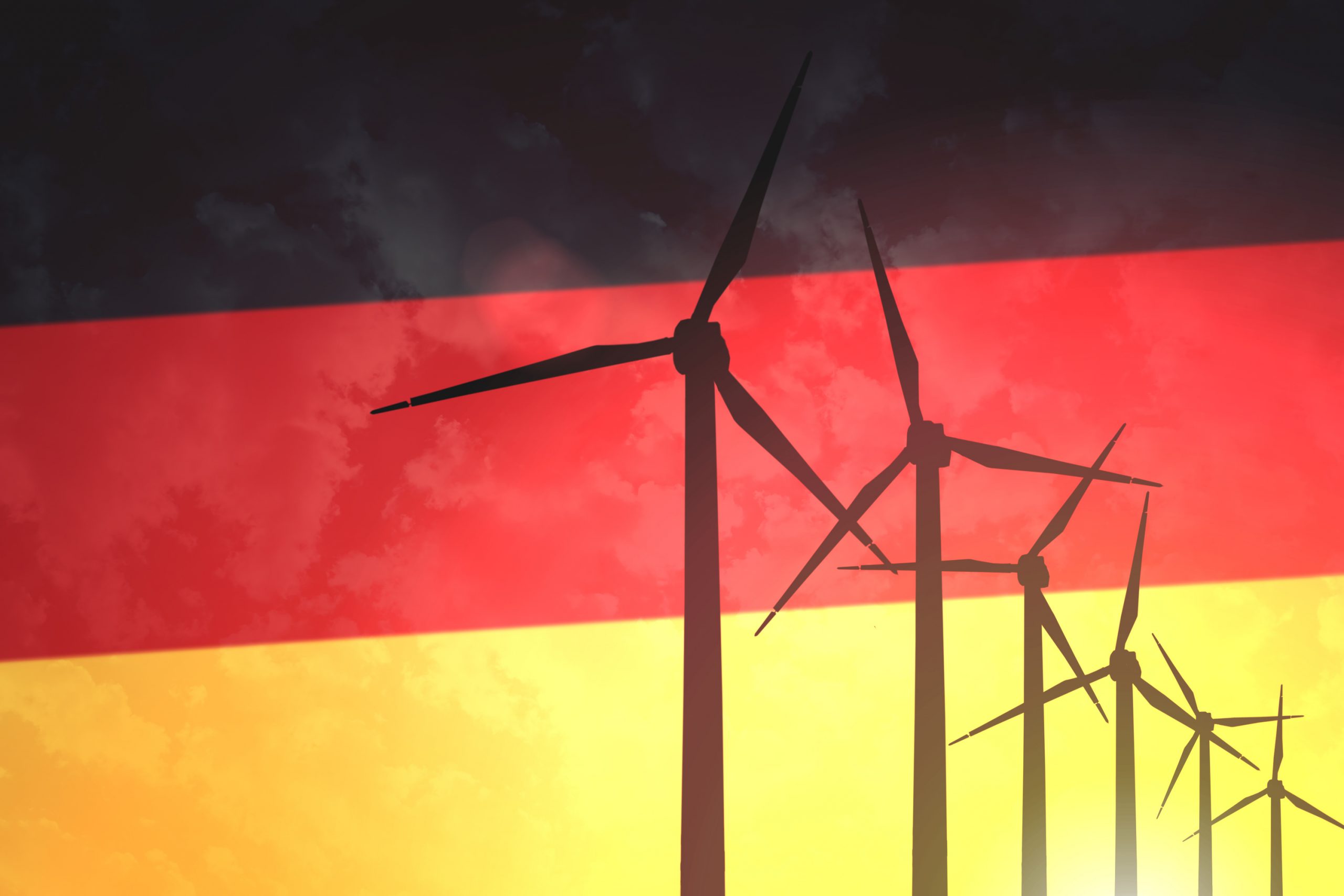
China’s manufacturing sector experienced a slight slowdown in December, with the Purchasing Managers’ Index (PMI) dropping to 50.1. Specifically, this signals weakening growth prospects. SuperMetalPrice notes this decline marks the third consecutive month the index remains above 50, indicating expansion. However, the slowing pace highlights increasing challenges.
Declining Output and Growing Trade Risks: A Complex Economic Landscape
The output component of the PMI declined, indicating weaker production levels. Conversely, export orders rose, likely due to US importers rushing orders before potential tariffs. Indeed, President-elect Donald Trump’s tariff pledges have heightened trade uncertainty. Moreover, China faces a faltering domestic economy, marked by sluggish consumption and a property crisis. Therefore, looming trade risks add further strain.
Non-Manufacturing Sector Shows Resilience: A Silver Lining Amidst Challenges
In contrast, China’s non-manufacturing sector improved in December. The non-manufacturing PMI rose to 52.2 points. Thus, services and construction sectors offset some manufacturing declines. Nevertheless, this growth does not fully offset broader manufacturing weaknesses. After all, manufacturing remains a key economic driver.
Economic Forecasts Adjusted Amid Structural Challenges: Navigating Future Risks
Despite the manufacturing slowdown, the World Bank raised China’s 2024 growth forecast to 4.9%. However, long-term structural challenges remain. Notably, reduced consumer confidence, an aging population, and high debt levels persist. Consequently, these factors, combined with trade uncertainties, will weigh on China’s economic prospects. Ultimately, sustainable growth will be difficult to achieve.











Leave a Reply
You must be logged in to post a comment.